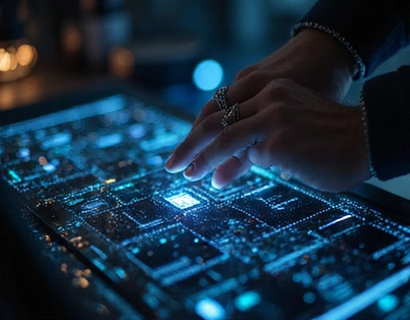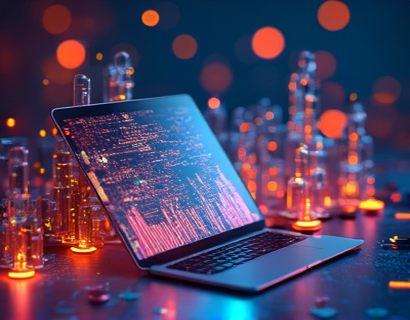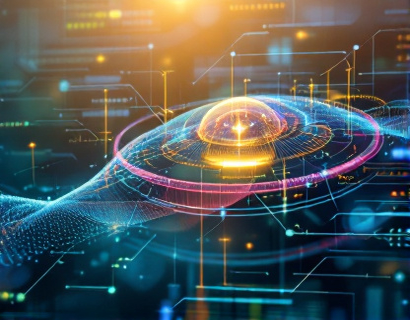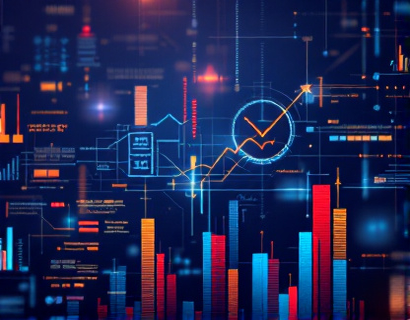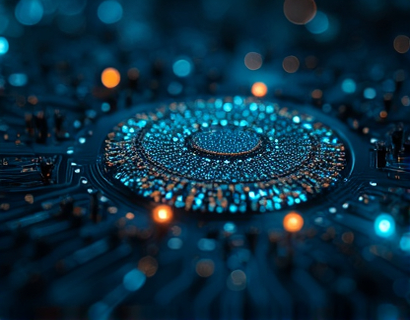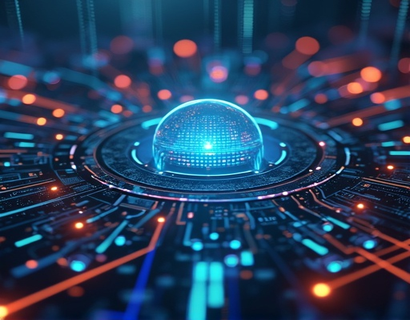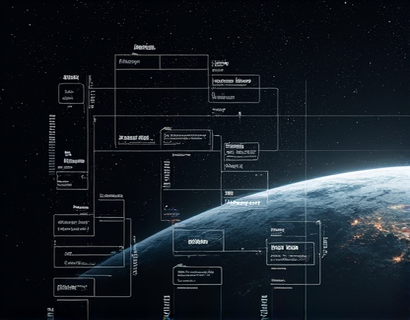Unlocking the Potential of AI and Crypto: A New Era of Digital Experiences
The intersection of artificial intelligence and cryptocurrency is giving rise to a new paradigm in digital interactions. This fusion is not just about combining two cutting-edge technologies but about creating an ecosystem where enhanced security, personalized experiences, and decentralized innovation converge. For tech enthusiasts and innovators, this synergy opens up a world of possibilities, redefining how we engage with digital content and services.
Understanding the Synergy
The integration of AI and crypto leverages the strengths of both domains. AI brings intelligence, adaptability, and automation to the table, while cryptocurrency offers a secure, transparent, and decentralized framework. Together, they can create applications that are not only more secure and efficient but also highly personalized and user-friendly. This synergy is particularly significant in an era where digital experiences are becoming increasingly complex and user expectations are soaring.
Enhanced Security Through AI and Crypto
One of the most compelling aspects of combining AI and crypto is the enhancement of security measures. Traditional security protocols can be vulnerable to sophisticated cyber attacks, but AI can significantly bolster defenses. Machine learning algorithms can detect and respond to anomalies in real-time, identifying potential threats before they materialize. In the context of cryptocurrency, this means more secure transactions and a robust defense against fraudulent activities.
Blockchain technology, the backbone of cryptocurrency, inherently provides a high level of security through its decentralized and immutable ledger. When AI is integrated into this system, it can monitor and analyze patterns to predict and prevent malicious activities. For instance, AI can be used to detect unusual transaction patterns or identify phishing attempts, ensuring that users' digital assets remain safe.
Personalized User Experiences
The true power of AI lies in its ability to understand and predict user behavior. By analyzing vast amounts of data, AI can tailor digital experiences to individual preferences, making interactions more intuitive and efficient. In the realm of cryptocurrency, this personalization can extend to customized investment strategies, tailored wallet interfaces, and personalized content delivery.
For example, an AI-driven platform can analyze a user's transaction history, risk tolerance, and market trends to provide personalized investment recommendations. This level of customization not only enhances user satisfaction but also increases the likelihood of better investment decisions. Moreover, AI can optimize the user interface based on usage patterns, ensuring that the most frequently used features are easily accessible.
Decentralized Applications and AI
Decentralized applications (dApps) are at the forefront of the crypto revolution, offering a new model for software development and deployment. When AI is integrated into dApps, the potential for innovation becomes even more profound. AI can enhance the functionality of dApps by providing intelligent automation, predictive analytics, and advanced data processing capabilities.
Consider a decentralized finance (DeFi) platform that uses AI to automate trading strategies, manage risk, and optimize portfolio performance. Such a platform can operate without intermediaries, offering users greater control and transparency. AI can also facilitate smart contracts that adapt to changing conditions, ensuring that agreements are executed efficiently and fairly.
Interoperability and Ecosystem Integration
One of the challenges in the crypto space is the lack of interoperability between different blockchain platforms. AI can play a crucial role in bridging this gap by enabling seamless communication and data exchange between disparate systems. Through advanced algorithms, AI can translate and harmonize data formats, protocols, and standards, creating a more cohesive and interconnected ecosystem.
This interoperability is essential for building a robust and scalable crypto infrastructure. It allows for the creation of cross-chain applications that can leverage the strengths of multiple blockchains, providing users with a more versatile and powerful set of tools. AI-driven middleware can facilitate this integration, ensuring that different systems work together harmoniously.
User-Centric Design and AI-Assisted Development
The development of AI and crypto-driven applications requires a user-centric approach to design. AI can assist developers in creating more intuitive and user-friendly interfaces by analyzing user feedback, usage patterns, and behavioral data. This insights-driven design process ensures that applications meet the real needs and preferences of their users.
Moreover, AI can automate many aspects of the development process, from code generation to testing and deployment. This not only speeds up the development cycle but also reduces the likelihood of human errors. Developers can focus on higher-level tasks, such as innovation and strategy, while AI handles the more mundane and repetitive tasks.
Future Trends and Innovations
The future of AI and crypto is bright, with numerous emerging trends and innovations on the horizon. One such trend is the rise of AI-powered NFTs (Non-Fungible Tokens), which can offer unique and dynamic digital assets. These NFTs can be used in various applications, from digital art and collectibles to virtual real estate and gaming.
Another exciting development is the integration of AI with Web3 technologies, which aim to create a more decentralized and user-controlled web. AI can enhance Web3 applications by providing intelligent services, such as personalized content curation, advanced security features, and seamless identity verification.
Furthermore, the convergence of AI and blockchain is paving the way for new forms of decentralized AI (DAI). DAI platforms can distribute AI model training and inference across a network of nodes, ensuring that AI capabilities are accessible and resilient. This decentralized approach can democratize AI, making it more inclusive and equitable.
Challenges and Considerations
While the potential of AI and crypto is immense, there are several challenges that need to be addressed. One of the primary concerns is regulatory compliance. The crypto space is still navigating a complex landscape of regulations, and the integration of AI adds another layer of complexity. Ensuring that AI-driven crypto applications comply with legal requirements is crucial for their success and adoption.
Another challenge is the technical hurdle of integrating AI with existing blockchain infrastructure. This requires significant research and development to create efficient and scalable solutions. Additionally, there is a need for standardization to ensure interoperability and ease of use.
Privacy is also a critical consideration. While AI can enhance security, it also raises concerns about data privacy and the potential for misuse. It is essential to implement robust privacy measures and transparent data handling practices to build trust among users.
Conclusion
The fusion of AI and crypto is transforming the digital landscape, offering unprecedented opportunities for innovation and enhanced user experiences. By leveraging the strengths of both technologies, we can create a more secure, personalized, and interconnected world. As the ecosystem continues to evolve, it is crucial for tech enthusiasts and innovators to stay informed and embrace these advancements. The future is promising, and the possibilities are endless.











